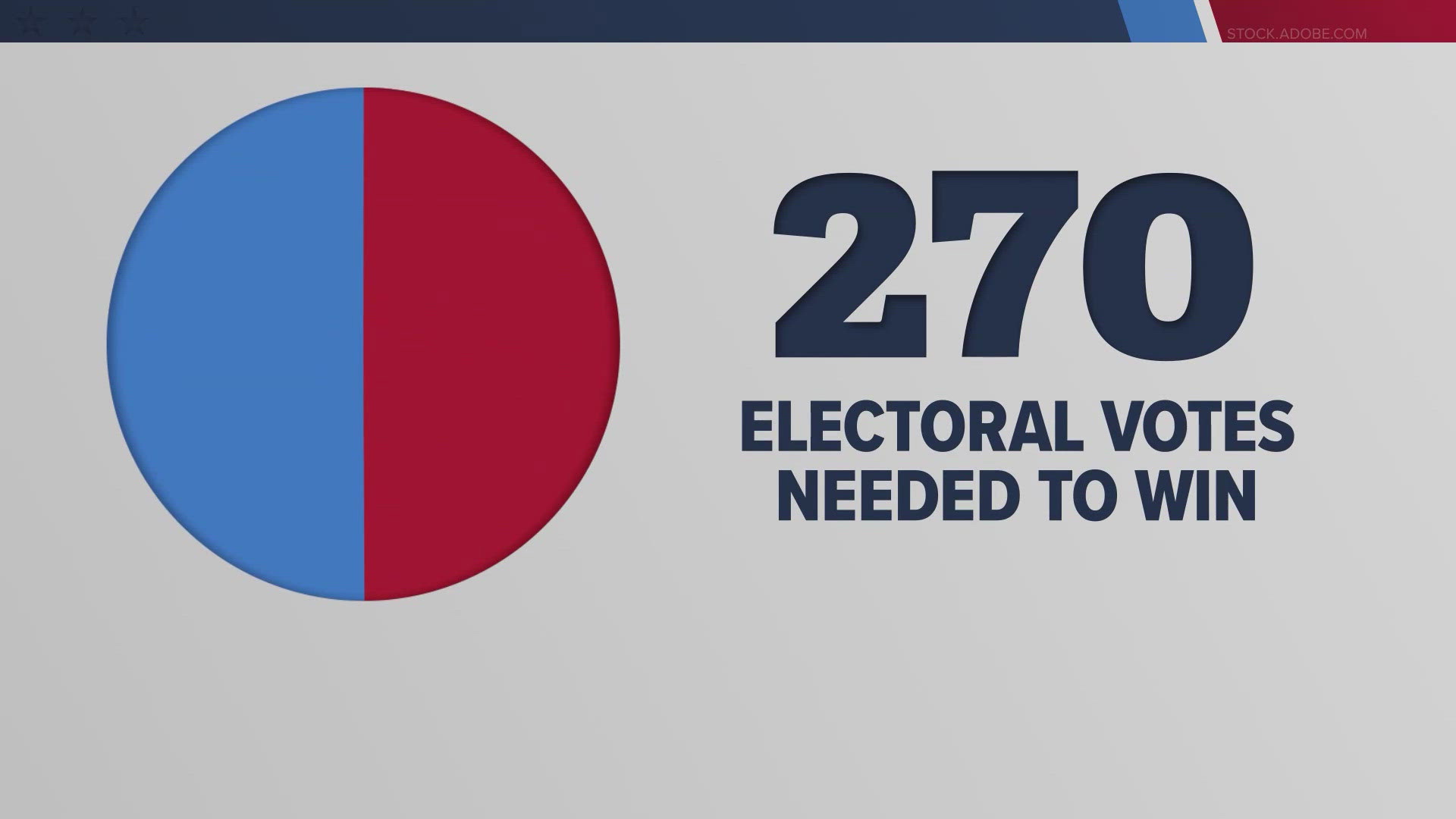HOUSTON — As we count down to Election Day, we’re addressing some you may have. Here is a breakdown of what you need to know about the Electoral College.
Why does the U.S. use the Electoral College?
The founders of the United States were divided over who should elect the president — Congress or the people. The use of electors was the solution they agreed upon. When you cast your vote for president, you are deciding which electors will represent your state.
How many electors does each state have?
The number of electors per state is based on its congressional representation, which reflects the state’s population. Every state has two senators, so each state starts with two electors.
Additional electors are based on the number of representatives each state has in the U.S. House of Representatives based on population. For instance, California, the most populous state, has 52 representatives and, with its two senators, receives a total of 54 electors.
Texas has 40 electoral votes.
In 48 states, the candidate who wins the popular vote in a state wins all its electoral votes. Maine and Nebraska give two electoral votes to the statewide winner and one for the winner of each congressional district.
How many electoral votes does it take to win?
There are 538 total electoral votes: 535 for the states and three for Washington, D.C. To become president, a candidate needs a majority of at least 270 electoral votes.
If neither candidate reaches this threshold, the House of Representatives decides the presidency, with each state delegation casting one vote. The Senate, meanwhile, would determine the vice president by a simple majority vote among all 100 senators.
Calls for change
In two of the past six elections (2000 and 2016), the candidate who won the popular vote did not win the Electoral College, fueling debates over whether the U.S. should adopt a popular vote system. However, this change would require a constitutional amendment.

